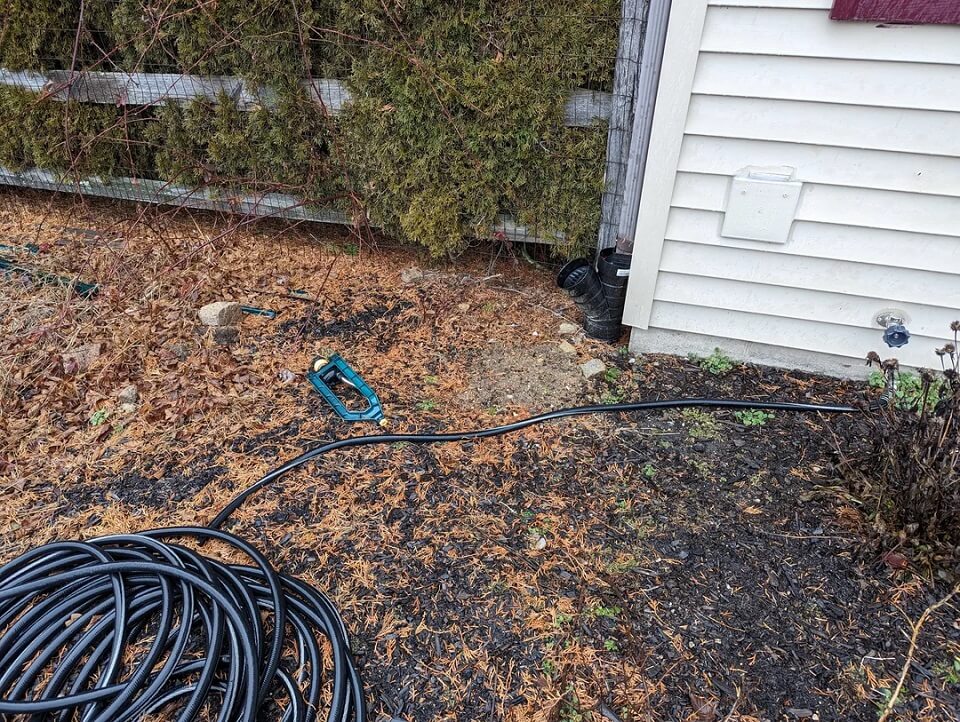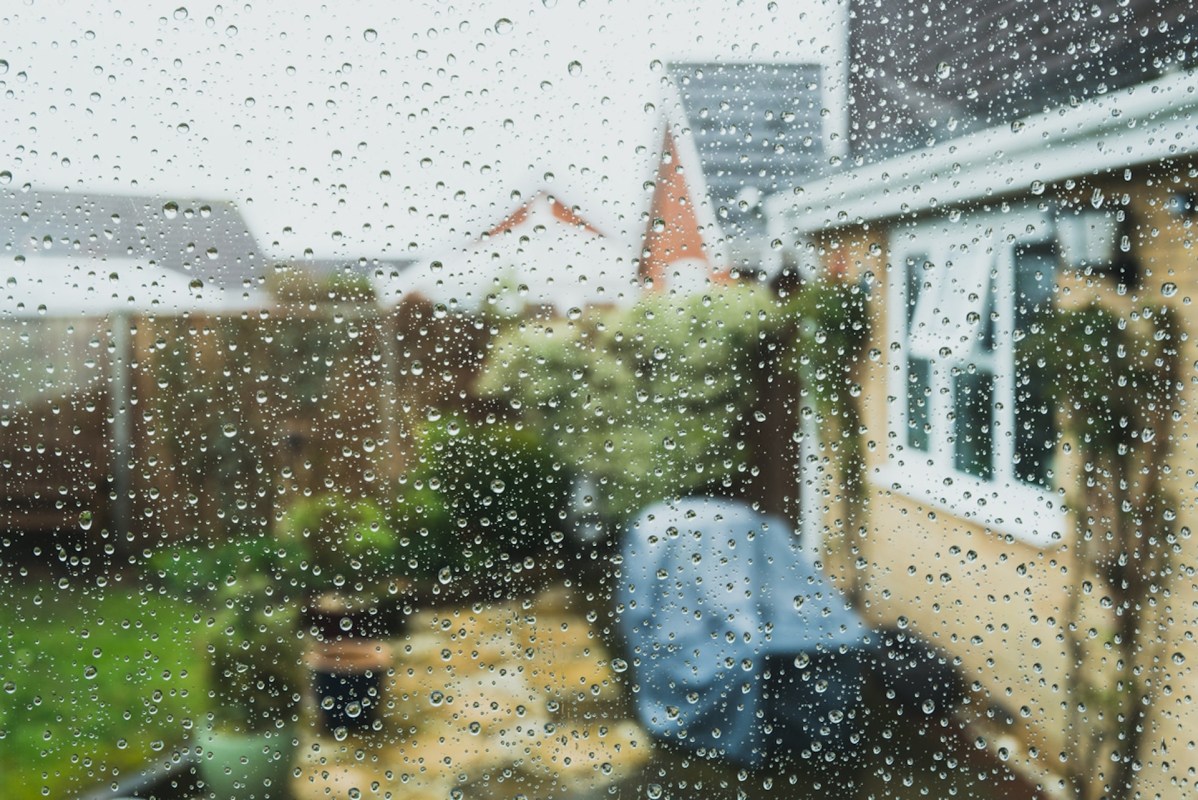Rainstorms on the East Coast have impacted many, but one Reddit user was lucky enough to have their yard prepared to withstand the downpour.
"Given today's storm on the East Coast, here's how my rain gardens are holding up so far," Redditor u/turbodsm stated while providing an image gallery that showed their rain garden was still very much intact.

"All gutters were buried and extended into depressions," the user explained in a comment. "I planted those depressions with water-loving plants last year."
The user went on to provide descriptions of each photo in the image gallery. The first photo showed the gutter downspout, and the second photo showed how the main roof downspout feeds the rain garden with a carnivorous bog garden. The outlet of the gutter was revealed to be at the lip of the bog tub. The third and last photo showed the "side yard rain garden with overflow into swale between houses."
"Looks like it works! Fantastic job," one user commented.
Often relied upon to prevent flooding, a rain garden is a type of garden bed that is typically placed in the area of a yard that retains more water than the other areas. Water-loving plants and native species are planted into the garden bed to take advantage of the excess moisture and help it soak into the ground.
Lawn replacement isn't easy, but there are multiple eco-friendly, low-maintenance options such as native plants, clover lawns, buffalo grass and xeriscaping. Installing a native plant lawn can have many benefits, including, but not limited to, saving money and time on lawn maintenance, conserving water and lowering water bills, and creating a healthier ecosystem for pollinators that help protect our food supply.
Even a partial lawn replacement can help homeowners reap these benefits. This guide can help walk you through the steps necessary for installing an environmentally-friendly lawn.
Join our free newsletter for easy tips to save more, waste less, and help yourself while helping the planet.









